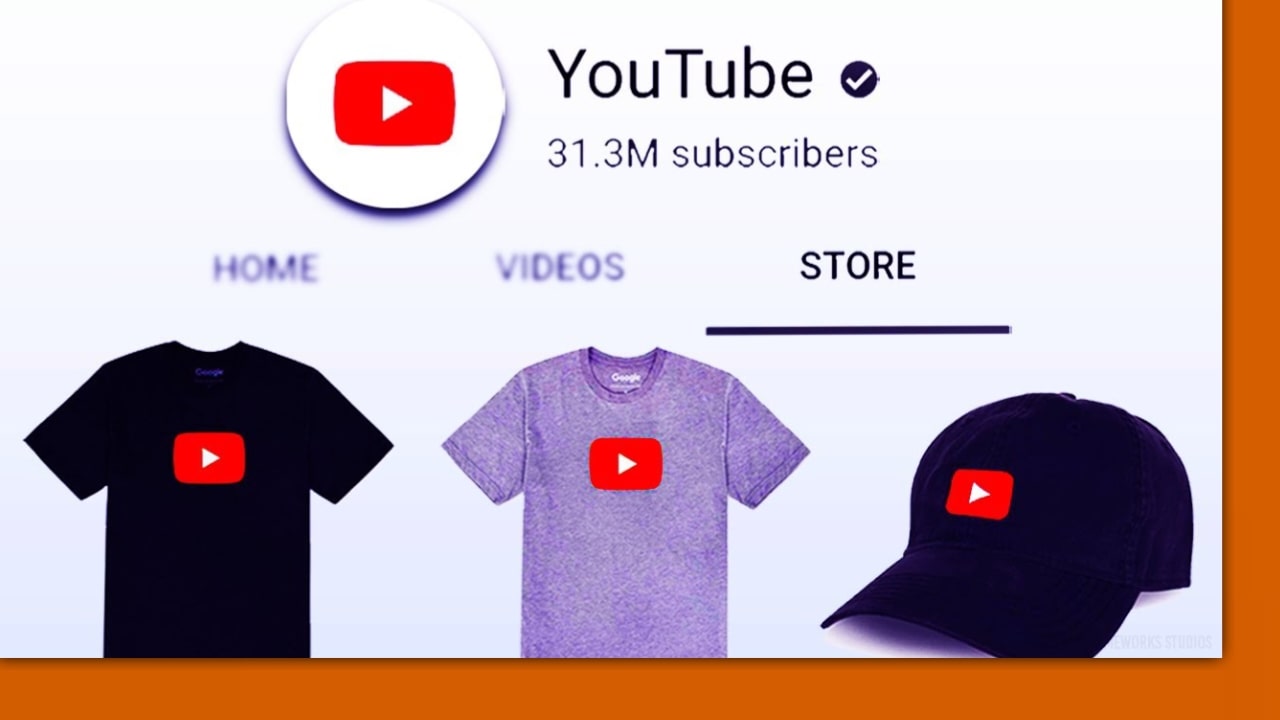The Micro-Community Shift: As users experience algorithm fatigue on major platforms, brands are pivoting to micro-communities—private groups of 10–100 members. These spaces leverage Community-Led Growth (CLG) to foster high retention rates and authentic peer-to-peer support.
Surprising fact: small groups of 10–100 people often produce engagement rates that outpace mass social feeds by several times.
Today, more brands and organizations lean into these focused spaces to build trust and actionable feedback. As users suffer from algorithm fatigue on public networks, they are migrating to dark social channels—private spaces where content is shared invisibly to trackers but with much higher trust. A private community creates psychological safety where members share deep insights and help one another grow.
Platforms like Slack, Discord, Bevy, and private forums each suit different needs. Real examples—from Google Developer Groups to Glossier’s customer Slack—show how niche groups turn members into advocates. This is the heart of Community-Led Growth (CLG).
In this piece, we’ll explain the benefits and practical strategies you can use to start your own. You’ll learn how to pick a niche, set simple norms, and measure the value that matters for your brand and marketing goals.
Key Takeaways
- Small, private communities drive deeper engagement than broad feeds.
- Clear norms and lightweight events keep members active and safe.
- Choose tools—Slack, Discord, Bevy, or forums—based on your goals.
- Measure success with participation, retention, relationships, and feedback.
- Grow intentionally through referrals to protect quality as you scale.
Why private, niche groups matter right now in the United States
In the U.S., purpose-led groups cut through noise so real conversations can happen. A small community makes each voice count and keeps discussions relevant.
Smaller spaces raise participation and retention. When members feel heard, they return. Trusted rooms let brands gather clear, actionable feedback that improves product and support.
We see this in customer-led models at companies like Salesforce and Glossier. These groups boost peer learning, speed problem-solving, and turn active members into advocates.
- Private groups create calm, focused environments for useful discussions.
- Vetted entry and clear norms let people share openly without fear.
- Niche communities save time by filtering content to what members need.
- Smaller coordination makes events and AMAs easier to schedule and more productive.
For practical tips on how this trend is growing, read this overview on the rise of micro communities. These focused spaces drive Community-Led Growth (CLG), giving members belonging and brands a clearer path to loyalty.
What is a micro-community and how it differs from broader communities

Crowds and focused groups feel different. A micro-community is a small, tightly knit group united by a specific interest, shared experience, or common goal.
Depth over breadth is the rule. Conversations aim for practical knowledge and quick help. Members trade tips, give candid feedback, and form lasting relationships.
Typical size matters. Expect 10–100 people—a figure that often aligns with Dunbar’s Number, which suggests there is a cognitive limit to the number of stable social relationships one can maintain. This size is small enough for true participation but large enough for varied perspectives.
Where they form and how they behave
- Real-time chats on Slack or Discord for fast collaboration.
- Bevy and event platforms when meetups and workshops drive value.
- Private forums for searchable, long-form learning and reference.
| Platform | Best for | Member benefit |
|---|---|---|
| Slack / Discord | Daily chat and quick help | Fast answers, live collaboration |
| Bevy / Events | Workshops and meetups | Stronger offline bonds |
| Private forums | Long-form knowledge | Searchable archives and depth |
| Embedded subgroups | Focused topics inside larger communities | Targeted discussions without full re-launch |
Micro-communities: core benefits for individuals, brands, and industries

Small, focused groups deliver benefits that ripple through members, brands, and whole industries. These tight circles make it easier to build trust. They also create clear pathways for learning and growth.
Belonging and support
Belonging grows when people feel seen and heard. Small groups reduce isolation and build real relationships. Support here is practical: members engage in direct peer-to-peer support, trading templates, steps, and quick help.
Targeted learning and expertise
Members exchange focused expertise. Peers with similar roles trade tips you can apply the same day. That targeted learning speeds skill growth and creates stronger professional networks.
Higher engagement and retention
When discussions stay relevant, engagement rises. Accountability improves because members are known by name. That leads to steady participation and better retention rates week after week.
Actionable feedback and advocacy
Brands gain richer insights than surveys can deliver. Feedback is specific and usable, which helps teams refine products. Customer advocacy follows naturally: satisfied members recommend the community and boost your marketing reach.
| Benefit | Who gains | Outcome |
|---|---|---|
| Belonging & support | Members | Stronger relationships and practical help |
| Targeted learning | Professionals & peers | Faster skill growth and useful expertise |
| Higher engagement | Brands & organizers | Better retention and active discussions |
| Actionable feedback | Product teams | Clear insights and organic advocacy |
How to build a thriving micro-community from scratch

Define one sentence that explains who belongs here and why it matters to them. That single line becomes your north star. It clarifies purpose, sets expectations, and helps you recruit the right members.
Choose a platform that matches how you want to interact. Use Slack or Discord for fast chat. Pick Bevy for event-driven programs. Use private forums for searchable, long-form content and archives.
Set clear norms and a simple onboarding flow
Publish a short guideline that covers tone, privacy, and what great participation looks like. Welcome new members with a quick intro prompt and a map of key channels.
Cultivate steady engagement
- Plan a cadence: weekly prompts, one monthly live event, and rotating spotlights.
- Make participation easy: copy-paste prompts, polls, and templates members can use instantly.
- Recognize contributions publicly. Small wins deserve a shoutout.
“Build for usefulness first. People stay where they learn and connect.”
| Step | Why it matters | Quick action |
|---|---|---|
| One-line purpose | Focuses goals and recruiting | Write and pin the statement |
| Platform choice | Matches interaction style | Select Slack/Discord, Bevy, or forums |
| Onboarding & norms | Creates a safe environment | Welcome flow + short guidelines |
| Engagement plan | Keeps momentum | Weekly prompts + monthly events |
Grow intentionally. Use referrals and light screening to protect quality as your micro- community scales. These strategies keep alignment high and discussion relevant to members’ needs.
Platforms, tools, and real-world examples to model

The tech you pick shapes the daily life of a small community and how it shares knowledge. Pick intentionally so the platform fits your goals and the size you expect.
Platforms to consider
- Slack or Discord: use these when you need real-time messaging, quick check-ins, and live collaboration.
- Bevy: choose this for decentralized, event-driven programs and local chapters.
- Private forums: select forums when you want searchable threads and long-form knowledge that persists.
Practical examples worth studying
Google Developer Groups show how local leaders activate learning and projects at neighborhood size. Salesforce Trailblazer Communities organize users by role and industry to surface practical expertise.
Glossier’s private Slack groups turn feedback into loyal advocates. PMA’s Book Club models member-led learning with monthly votes, reading, and virtual discussions.
How to pick and pair tools
- Match platform features to the kind of events and peer learning you plan.
- Create a simple playbook for events, content, and recognition that fits your group’s bandwidth.
- Use a mix when needed: chat for urgency, forums for archives, and event platforms for in-person meetups.
Tip: Pair your platform choice with a short onboarding flow so new members know where to ask, learn, and lead.
| Platform | Best for | Primary benefit |
|---|---|---|
| Slack / Discord | Live chat & collaboration | Fast answers and real-time bonds |
| Bevy | Decentralized events | Local chapters and recurring meetups |
| Private forums | Structured knowledge | Searchable archives and depth |
Measuring value: engagement, relationships, and long-term growth

Start by tracking simple signals that show whether your small group is truly delivering value. Good measurement focuses on steady behavior, not short spikes. That lets you see if the community creates real support and useful experiences.
Signals to track
Watch participation with weekly and monthly active member counts. Consistency beats sudden bursts.
- Monitor post-to-reply ratios and time-to-first-response so discussions feel responsive.
- Track event RSVPs, live attendance, and replay views to measure what experiences work.
- Follow retention rates and return rates—members should come back predictably.
- Collect actionable product feedback in one place so it informs roadmaps and content.
Qualitative insights
Numbers tell part of the story. Run short pulse surveys to capture trust, learning, and relationship depth.
Tag qualitative wins—stories where members solved problems, found jobs, or advanced projects. These anecdotes show the community’s real value to individuals and brands.
“Share back the changes you make. Closing the loop increases trust and long-term growth.”
Measure and share. Use both metrics and stories to show members the opportunities you create. That combination fuels sustainable growth and keeps the community aligned with members’ needs.
Conclusion
Conclusion
When a few right people gather around a shared purpose, momentum follows quickly.
Start small: define one clear purpose, pick a platform that fits your cadence, and launch a flagship thread or event. Protect the environment with simple norms and inclusive onboarding so members feel safe sharing experience.
Keep a steady rhythm—weekly prompts and one monthly meetup—so time invested compounds into real value. Track participation, discussions, relationships, and retention to show growth and guide improvements.
Use trusted examples as templates and adapt them to your industry. For a practical guide to structure and scaling, see this what is a micro-community.
FAQ
What is a micro-community and how does it differ from broader communities?
A micro-community is a small, tightly knit group focused on a specific interest, goal, or shared experience. Unlike large public communities, these groups prioritize depth over breadth: targeted discussions, stronger relationships, and clearer purpose. Typical places you’ll find them are local clubs, private forums, Slack or Discord channels, and industry-specific subgroups.
Why do private, niche groups matter right now in the United States?
People and brands seek meaningful connection and relevant support. Niche, private groups reduce noise and foster trust, which increases engagement and retention. For small businesses and creators, these spaces deliver higher-quality feedback, richer relationships, and organic advocacy that traditional social channels struggle to match.
What size and mix work best for a successful micro-community?
Success depends on purpose, but many groups thrive between 50 and 500 active members. That range lets members form repeated interactions while keeping conversations relevant. Composition should mix curious learners, experienced members, and a few active facilitators to sustain expertise and mentorship.
What are the core benefits for individuals, brands, and industries?
Individuals gain belonging, emotional support, and targeted learning. Brands access candid feedback, advocacy, and deeper customer relationships. Industries benefit from accelerated knowledge sharing, peer-led innovation, and clearer signals for trends and product needs.
How do I define the focus and purpose for a new group?
Start with a clear problem or interest you want to solve. Describe the group’s goals in one sentence and list the types of conversations you want to host. This clarity guides member selection, content, and measurement so every activity ties back to purpose.
Which platform should I choose: Slack, Discord, private forum, or something else?
Match the platform to your group’s rhythm. Use Slack or Discord for real-time chat, quick support, and events. Choose private forums for long-form posts, searchable knowledge, and structured discussions. Consider Bevy for event-driven communities or a custom forum when control and ownership matter most.
What rules and onboarding practices create a safe environment?
Set clear, simple norms: welcome messages, respectful conduct, privacy expectations, and moderation policies. Provide a short onboarding guide and a pinned FAQ. Make inclusion explicit and appoint trusted moderators to enforce standards consistently.
How do you keep members engaged without burning out moderators?
Use a mix of recurring prompts, small events, recognition, and member-led threads. Automate routine tasks with templates and scheduled posts. Rotate facilitation roles so responsibility spreads across members, reducing moderator fatigue and building leadership capacity.
How can a community grow intentionally while protecting quality?
Grow through referrals, invite-only windows, and targeted outreach to relevant networks. Use application forms to screen newcomers and create tiered access—public previews with deeper private areas for vetted members. This preserves culture while scaling.
What metrics should I track to measure value?
Track participation (active members, posts, replies), event attendance, retention, and time-to-first-response. Combine these with qualitative measures: depth of conversations, member testimonials, and examples of collaboration or learning outcomes.
How do I capture qualitative insights about member relationships and learning?
Run regular member interviews, pulse surveys, and story-collection prompts. Highlight case studies that show skill growth or business impact. These narratives reveal the community’s real value beyond raw numbers.
Can brands use private groups for customer advocacy without damaging trust?
Yes—when brands act as hosts, not controllers. Prioritize member benefit, offer exclusive value (early access, expert sessions), and be transparent about how you use feedback. Glossier and Salesforce show that authentic support and clear boundaries build advocacy without eroding trust.
What are simple first steps to launch a thriving micro-community?
Define a focused purpose, pick a platform that fits your interaction style, write short rules and an onboarding flow, invite an initial cohort of engaged members, and run the first event within two weeks. Measure early signals and iterate based on member feedback.



